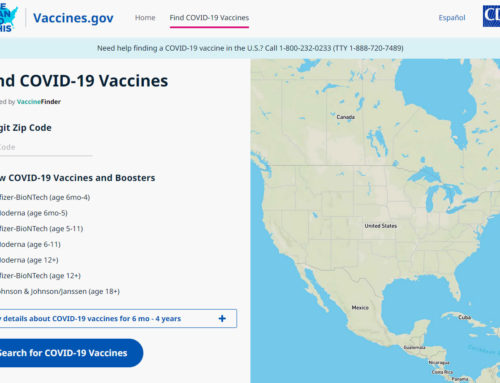Summer is just around the corner, and with the temperatures rising, so does the risk of heat-related injuries in children (and pets) left in the car. Most parents think they could never forget their child in the car, yet it happens. Heatstroke is the leading cause of non-crash, vehicle-related deaths in children, with an average of 27 deaths per year according to National Highway Traffic Safety Administration. Young children are particularly at risk, as their smaller bodies can heat up 3-5 times faster than an adult’s.
Research has shown that the interior temperature of a car rises quickly even on relatively mild days: within 10 minutes – internal temperature of the car rises by ~ 20 degrees F, and increases by 30-40 degrees F within an hour, and leaving windows partially open does not change this by much.
- Don’t leave children in the car, even for short periods, especially on hot days.
Always lock your car, and secure the keys, so your children can’t get to them.
Teach your kids not to play alone in the car (off-limits as a “hide and seek” option, etc.) - Get your kids out of the car before getting groceries or other items!
Bonus: older children can help carry! - Make sure any child care providers have a plan to make sure no children are left in the daycare car or van.
- If you have a baby or young child with you, put the diaper bag or a toy in the front seat, where you will see it before you get out. Alternatively, leave something you will need in the back seat, so you will have to look there before leaving the car.
- Always check the back seat before you leave the car – it is surprisingly easy to forget that a sleeping (and therefore silent) baby or toddler is in the car with you.
Exercise extra caution when your schedule changes, as that is when it is especially easy to forget (Ever planned to stop at the store on your way home, and remembered only after getting home?) - If you see a child alone in a car, call 911 and try to get them out.
- If a child is missing, in addition to checking the pool if you have one, check the insides and trunks of nearby cars – sometimes a child will crawl inside and be unable to get out.




